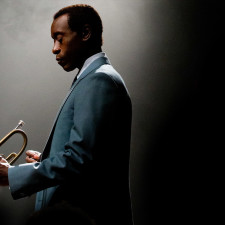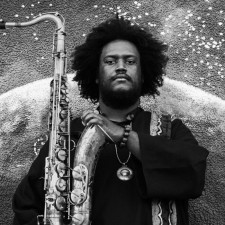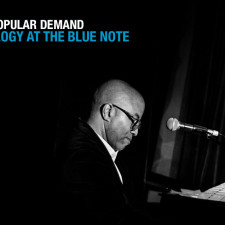Terry Teachout’s Wall Street Journal article “Can Jazz Be Saved?” diagnoses jazz with a case of “terminal prestige.” In other words, Teachout asserts that America’s great art form has become so esteemed that it no longer captivates audiences. Admittedly, this prognosis is, at best, demonstrative of a phenomenon pertaining to a single sub-genre within a burgeoning musical family. More than anything else, Teachout’s analysis reveals to us our failure to reassess the manner in which we understand jazz music. Jazz has become an endangered musical species only because we have chosen to reify it as a static art resistant to evolutionary processes. In reality, jazz is as subject to alteration and transformation as any other musical genre.
With more artists attempting to cross-fertilize musical forms, the modern musical landscape has continued to saturate with the sounds of jazz. For example, hybridizations coalescing jazz and hip-hop have become increasingly more common. On their album Uninvisible, jazz trio Medeski, Martin & Wood infuse their sound with elements of the hip-hop tradition. In particular, the track “Pappy Check” features the work of turntable virtuoso DJ P Love.
Medeski, Martin & Wood – Pappy Check
As bizarre as the resulting union may seem, even the much-maligned metal genre has embraced jazz practices. Slightly over two minutes into “The Garden’s All Nighters,” The Number Twelve Looks Like You guitarist Alexis Pareja delivers a jazzy solo only to transition back into the band’s otherwise frantic, mathcore sound seconds later. As these examples demonstrate, the issue is not the vitality of jazz but the obsolescence of our discourse concerning it. In the words of renowned pianist-composer Sun Ra, “Jazz is not dead. Jazz will never die. It’s the musicians who are dead… they’ve been dead for the last ten years.”
“The Garden’s All Nighters” by The Number Twelve Looks Like You – The Garden’s All Nighters
Andrew Ciampa
Tags: Alexis Pareja, Jazz, Medeski Martin & Wood, Sun Ra, Terry Teachout

 Share On Facebook
Share On Facebook Tweet It
Tweet It







![[Philly EVENT] Screening of Amazing: A Film about Bud Powell](https://musiqology.com/blog/wp-content/uploads/2015/03/bud-powell-225x225.jpg)




